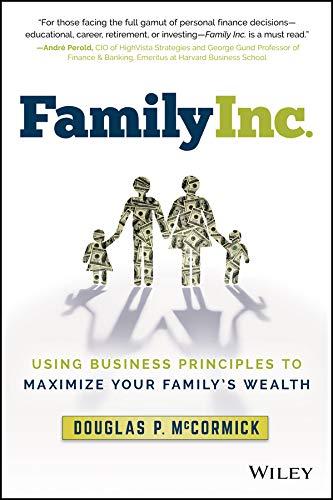Question
V.Suppose there are two risk factors, stock market risk and bond market risk. The expected stock return is determined by the following multifactor model: E(rj)-rf
V.Suppose there are two risk factors, stock market risk and bond market risk. The expected stock return is determined by the following multifactor model: E(rj)-rf = M,j (E(rM)- rf ) + IR,j (E(rIR)- rf ), where E(rj) is the expected return on stock j, rf is the risk-free rate, E(rM) is the expected stock market return, E(rIR) is the expected bond return, M,j is the stock market beta, and IR,j is the bond market beta. Suppose rf =2%, E(rM) =12%, and E(rIR)=7%. For stock XYZ, M,j=0.8 and IR,j=-1.
(a) Calculate the expected return on stock XYZ.
(b) If an analyst ignore the bond market risk and estimate expected stock returns using the CAPM instead of the multifactor model. What is his estimated return on XYZ?
(c) What is XYZs CAPM alpha?
(d) Is XYZ underpriced or overpriced according to CAPM? Can you make an arbitrage profit by trading XYZ?
Step by Step Solution
There are 3 Steps involved in it
Step: 1

Get Instant Access to Expert-Tailored Solutions
See step-by-step solutions with expert insights and AI powered tools for academic success
Step: 2

Step: 3

Ace Your Homework with AI
Get the answers you need in no time with our AI-driven, step-by-step assistance
Get Started


